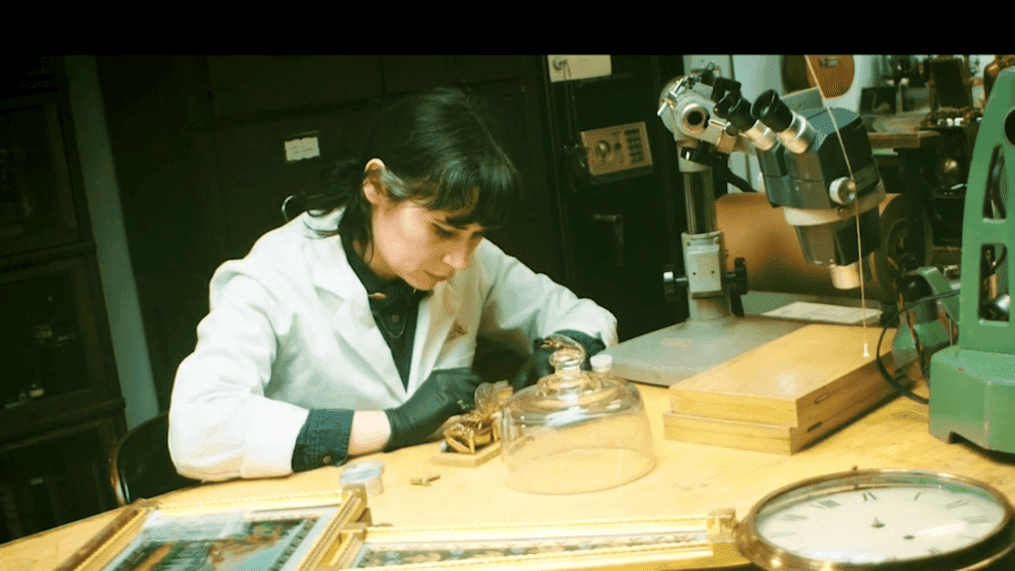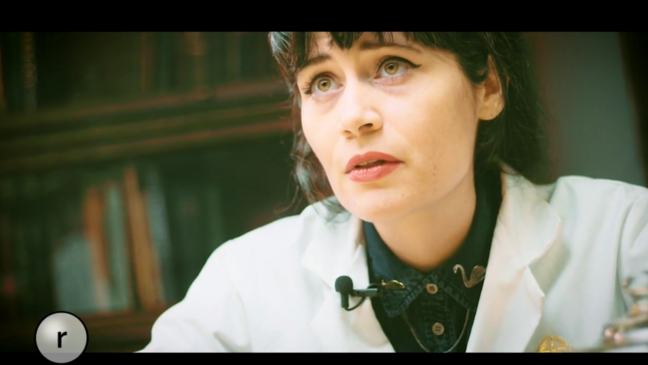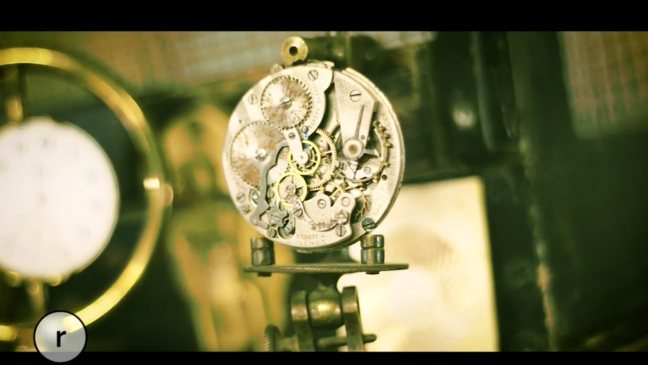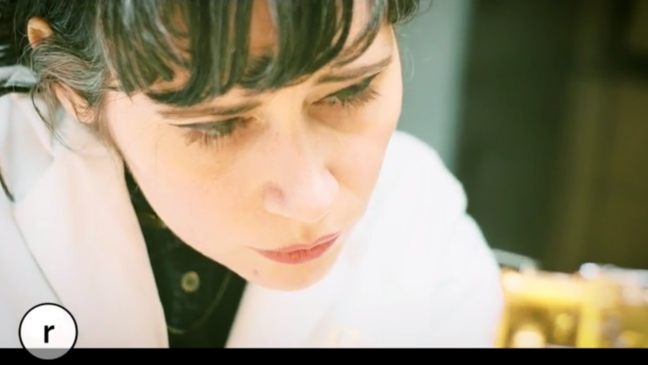Seattle's own Brittany Nicole Cox is one of the few Antiquarian Horologists in the world
In this South Seattle studio, priceless pieces from the past are brought back to life. Brittany Nicole Cox is part-magician and part-mechanic. Although there is an official title for what she does: Antiquarian Horologist. There are only a few people in the world who can do this work.
"An Antiquarian Horologist is someone who works with clock or watch-related mechanisms," said Cox. "Usually they're antique and they come in many different shapes and sizes; from a watch or a clock to a musical box and automaton."
Watches and clocks work with gears and machinery - and so does automata. Many of these amazing artifacts are centuries old.
"Automata are self-operating machines," she said. "So these are basically mechanisms that are made to mimic a living thing in the world."
So basically - it's a mechanical object that's meant to simulate life.
Some examples:
"It could be a mechanical flower that blooms, a person that smokes a cigarette," explains Cox. "There are many different kinds - but the version of automata we're talking about are some early pieces that were meant to mimic the human experience in the actual world."
Clients all over the globe send Cox their broken automata. Many are 'bird boxes', originally meant to tweet, but when she got it, the bird was missing.
"Yeah this is another 1880's piece maybe 1870's. The bird is new, I made this bird," she said. "Typically they would be feathered to look like a real bird in the world but because this belongs to me and I could do anything I wanted. I decided to make him very colorful you know, and very hopeful looking. I thought he has a very bright song, so I thought - why not give him feathers to match. Hearing a singing bird for the first time feels like you're witnessing the birth of a miracle."
Cox gave us a primer on how it works.
"Basically - these came with very specific profiles that dictate the pitch of the whistle. So there's a slide whistle, and if you think of a slide whistle you got that sound," she explains. "The plunger moves in and out of the whistle, that changes the pitch of the note and then you have the trill, the pause in between each note, and that's dictated by a release in the bellows. So the bellows act as lungs."
The craziest part? There are no batteries in these machines!
"Everything's self-contained, just brass and steel."
Her interest in figuring out how things work began when she was just two-years-old.
"Working with my dad definitely, probably got me started," Cox recalls. "I would often be in there in the garage helping him with his car - at least, I thought I was helping him."
Today Cox does more than repair antique machines. She actually makes the parts.
"These things weren't mass-produced in the ways we think about production," she Cox. "So everything was handmade - a piece that needs to be replaced has to be handmade here."
Her work may require patience and precision. But these small pieces have a big payoff.
"It brings such elation. It's such an incredible feeling, to know that you have corrected something and basically restored a voice to a voiceless piece," Cox says beaming. "I guess what i find most interesting about it is whoever made that two hundred years ago expected that bird to sing."
"Sometimes maybe it hasn't worked... it's sat silent for a hundred years. So to be the first person to bring that back is an honor it's privilege to be a steward," states Cox.
For more information about Horology
The Horological Lecture Series is a partnership between Brittany Nicole Cox of Memoria Technica and The Washington Trust for Historic Preservation. Lectures are held on a quarterly basis, the second Tuesday of the month, and are open to anyone with an interest in horology and decorative arts. The next lecture is May 15th. It's titled 'The History of the Rose Engine from Kings to Craftsmen: David Lindow at the Stimson Green Mansion.'
Brittany Nicole Cox also teaches classes. For more details visit Mechanical Curios.





